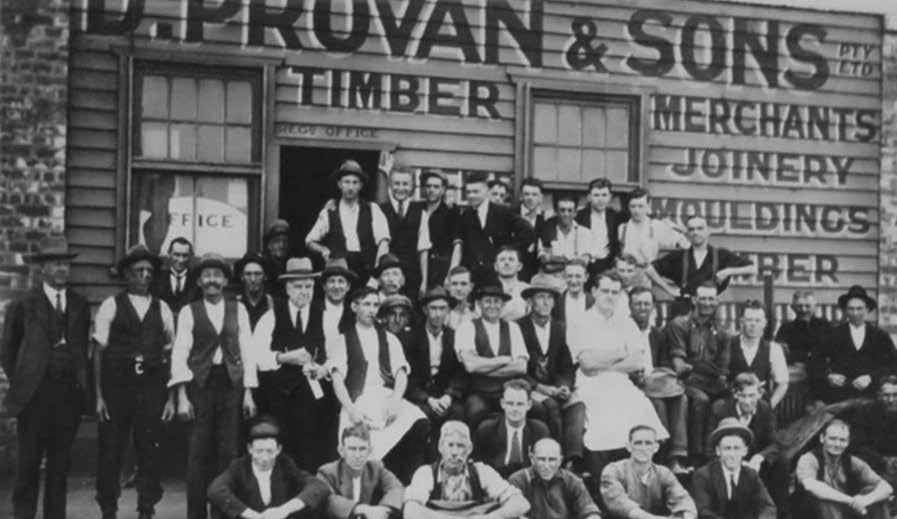TIMBER NEWS
NATIONAL
Implementing Risk Management into your business “We want to help people to pursue new careers,” Provan says. “We’re encouraging mature-aged students, women, people who have decided to change from their current career to a timber trade and also people from marginalised, disenfranchised and financially disadvantaged groups to lodge an application for the 2021 scholarships. We think that funding their tuition, tools and materials may help them access these programs in a very tangible way.” For further background on Provans Timber & Hardware visit www. provans.com.au
MGA TMA late last year held a Risk Management Webinar on Safety Management Systems, with the assistance of MGA TMA Safety Consultant - Kevin Doherty, who revealed some not so obvious safety concerns that can be found in any business. With over 30 year’s experience in the manufacturing industry, including the petrochemical industry, Mr Doherty also boasts 10 year’s experience consulting for a wide variety of businesses on safety and compliance. Mr Doherty initially highlighted the aims of safety management, which included seeking to protect the health, safety and welfare of employees, while ensuring that the health and safety of the public is not put at risk by work activities. Workplace and Occupational Health and Safety is a step-by-step process, according to Mr Doherty, who said there are four major steps involved.
This scholarship certainly resonates with the MGA TMA Frederick O’ Connell annual scholarship which is currently open for applications. Visit www.mga. asn.au/frederick-richard-oconnellscholarship for more information.
“The four steps include identifying hazards, or finding out what could cause harm, assessing risks and understanding the nature of the harm that could be caused by the hazard and the likelihood of it happening, controlling risks with effective control measures and reviewing control measures.
Safety responsibilities Any person who owns a business or enterprise (PCBU) has a primary duty of care to ensure the health and safety of any person who comes
into contact with business activities including workers, contractors, visitors and members of the public, according to Mr Doherty. “Health and safety legislation imposes specific duties on the officers of a business who can be found personally liable. Officers may be employees of a business but they also have a duty to ensure the WHS/ OHS legislative requirements are being met. Responsibilities apply to employers (PCBU), officers, managers, as well as employees,” he said. Just as an example to MGA TMA members, Mr Doherty highlighted common risks that may be found in the timber industry including poor layout, lifting, repetitive tasks at the workshop, unloading, moving, installing finished products at client sites, machine/powered-tool guarding exposure to wood dust and noise, forklifts, trucks and other vehicles, as well as injury management and return to work
Duties of employers Under the legislation, an employer or person conducting a business or undertaking (PCBU) has a duty to ensure health and safety, according to Mr Doherty.
37



















